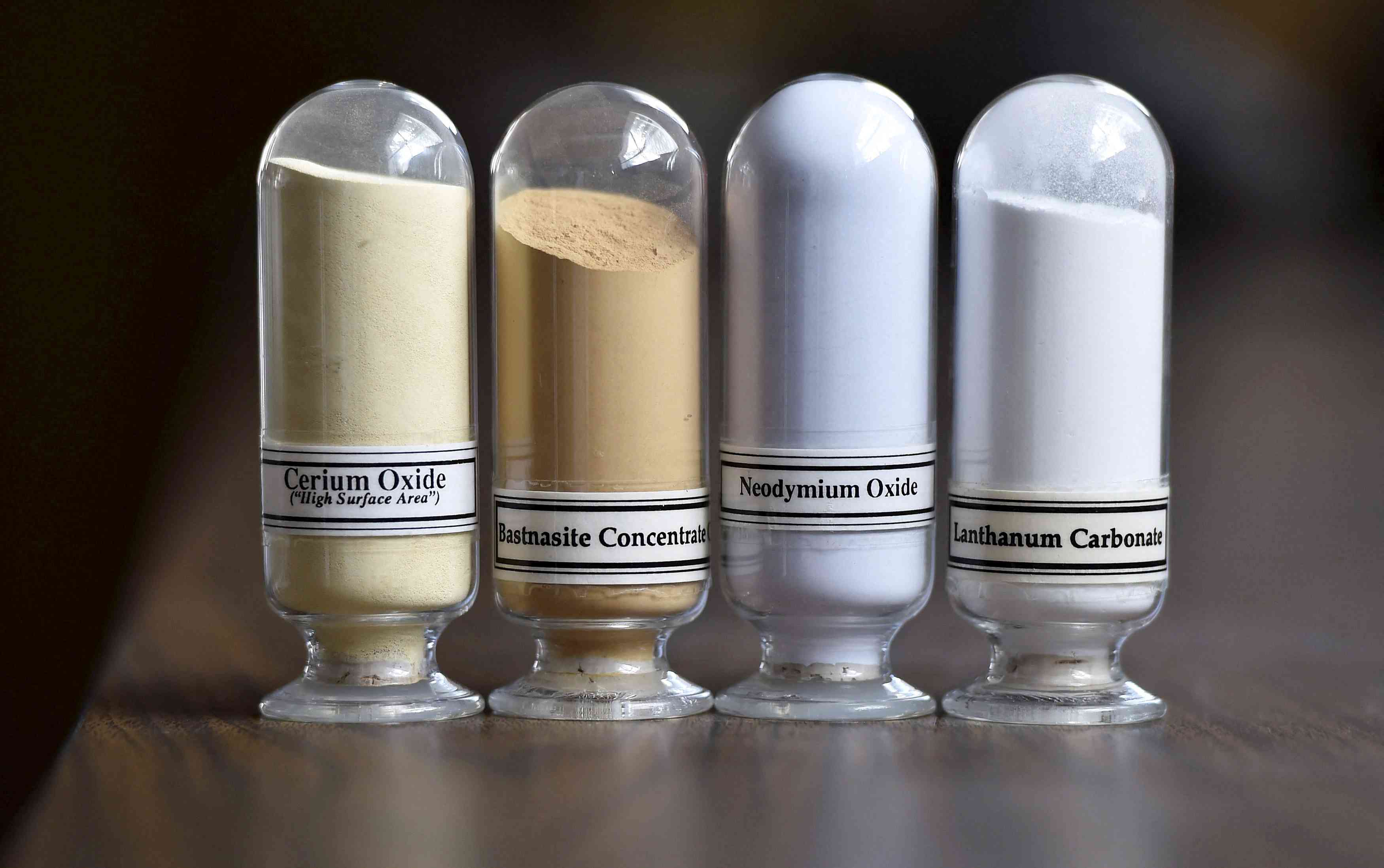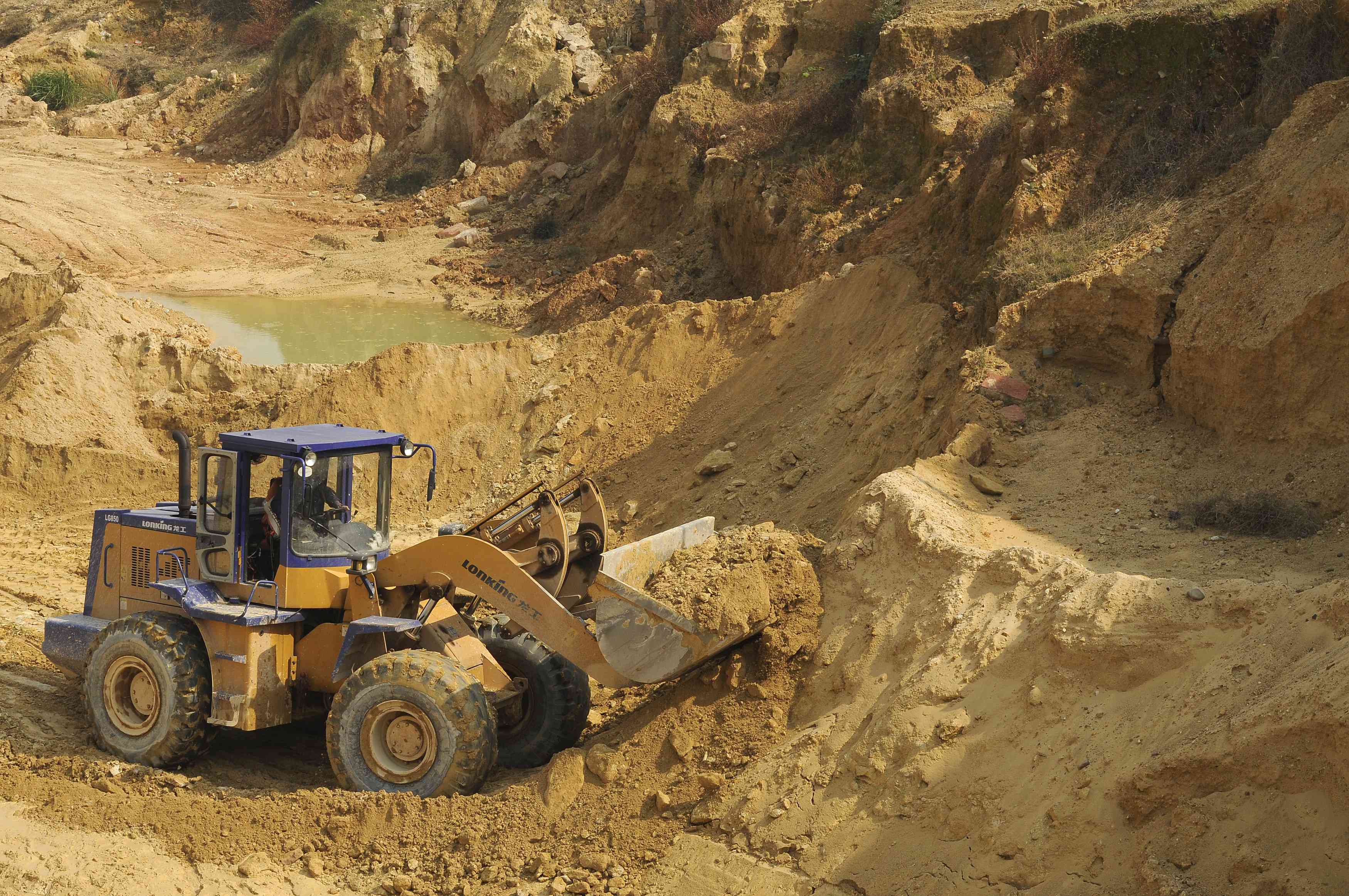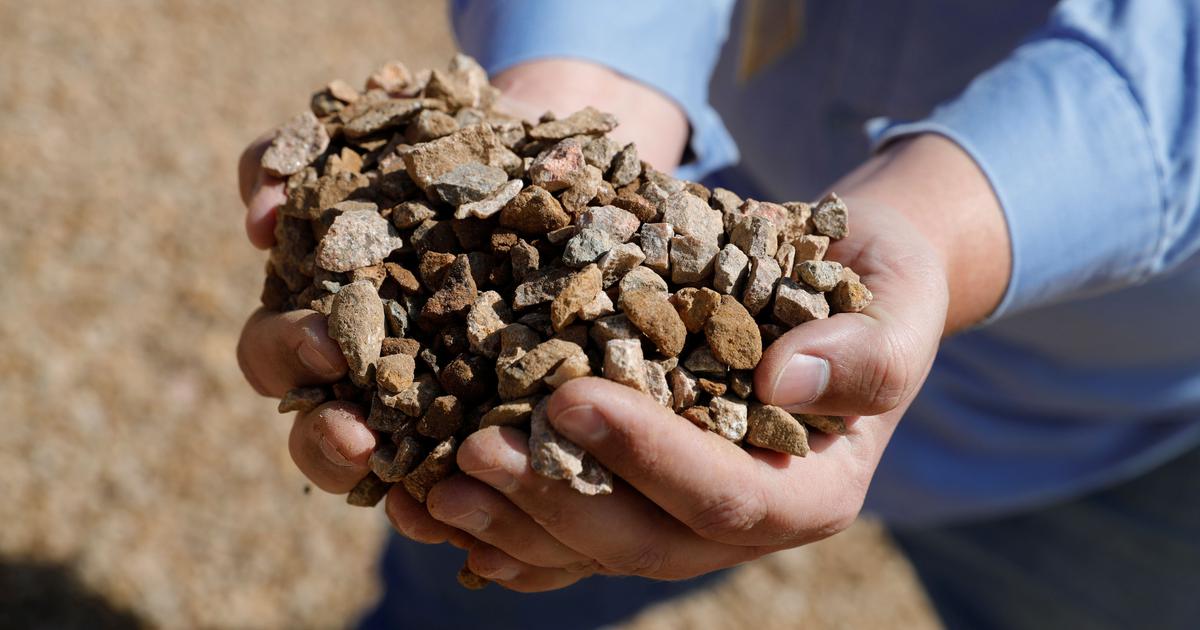Around 80 years ago, in an assertive move, India had imposed restrictions on the export of rare earth-rich monazite sands to the US. As one of the largest global producers of rare earth minerals at the time, New Delhi’s actions caused consternation in Washington given the importance of these minerals to the US’s atomic energy ambitions.
The objective of the export controls by the newly independent Indian government was to build a domestic processing industry and support the country’s industrial ambitions. Despite the initial disruption, this action eventually expedited efforts by the US to look for domestic sources of rare earths which led to the finding of the massive Mountain Pass mine in Nevada and, subsequently, the buildout of the US rare earths industry.
This slice of history has several lessons for Indian – and US – policymakers as they seek to deal with China’s restrictions on the export of seven medium and heavy rare earths and magnets, which is expected to severely disrupt the production lines of automakers, renewable energy developers and the defence industry.
Supplies from China have resumed to some US and European Union companies following diplomatic negotiations, but Indian companies appear to have had no such luck. Maruti Suzuki, India’s largest automaker, is planning to reduce production of its flagship electric sports utility vehicle, e-Vitara.

Several renewable energy developers are considering invoking force majeure clauses, seeking exemption from their obligations. This also highlights the risk of disruptions to solar panel and wind turbine manufacturing and underlines the importance of rare earth magnets for a variety of high-tech industries and industrial uses.
Even though India has the third-largest global reserves of rare earths, the country is highly dependent on imports of these minerals and magnets. In the fiscal year 2024-’25, India imported 53,748 metric tonnes of rare earth magnets and 2,270 tonnes of rare earth metals and compounds in 2023-’24, mainly from China.
The main reason for this import dependence is the inability to build deep expertise in the processing and magnet-making segments of the rare earths supply chain. Furthermore, the monazite reserves in India are typically found along with thorium, a radioactive material which makes it more costly and technically complex to process. In contrast, the US and China have bastnaesite reserves, which have lower radiation levels.
The Indian government has launched some promising steps to address this challenge such as expediting auctions for the domestic exploration of critical minerals, including rare earths. It is alsoreportedly in the process of launching a production-linked incentive scheme to encourage companies to expand the domestic processing of rare earths and magnet production.
Given the scale of the challenge, it will be crucial for India to come up with a multi-pronged strategy. Here are some steps India could take in the short, medium and long-term.

Diplomacy, trade deals
It will be crucial for the government to engage diplomatically with China to facilitate a temporary easing of rare earth and magnet supplies for Indian companies, similar to steps undertaken by the US and European Union. India lacks the same economic leverage so some concessions will likely need to be made to facilitate imports.
At the same time, the government can temporarily dilute localisation regulations so that domestic companies can undertake the sub-assembly of rare earth motors in China and import them to India. These don’t appear to be subjected to export controls by the Chinese government.
In parallel, India should pursue offtake agreements with international rare earth suppliers, such as Myanmar, Australia and Vietnam and build technological partnerships with countries that have built up expertise in heavy rare earths separation, such as in Japan and Malaysia. Offtake agreements are commitments to purchase a specified quantity of minerals in the future and help mining companies reduce the risk of investing given the long timeframe from exploration to production.
Indian Rare Earths Limited, a state-owned company, is in the process of producing magnets from rare earths found within India, and could collaborate with international companies to further upgrade its technologies.
Partnerships to build domestic capacity
It will be crucial to incentivise the use of rare earth-free motors by domestic companies to derisk from China. There are several examples of international automakers, such as Nissan and Renault, building rare-earth free motors following the temporary restrictions of rare earths to Japan from China in 2010. The use of these motors however fizzled away after exports from China resumed.
India could facilitate partnerships between domestic companies with Japanese and Taiwanese companies to licence these technologies and promote their use by domestic automakers through incentives and mandates. The qualification timelines for these motors are likely to be 12-18 months so it will be crucial to provide regulatory certainty to maintain their adoption even if the current restrictions are relaxed by China.
India should also stockpile rare earth ores and metals for its defence industry through strategic public investments. Rare earths run the risk of oxidation, so stockpiles need to be carefully managed and mainly used for strategic purposes.
Reforms, research
India should also seek to accelerate the domestic exploration of rare earths through regulatory reforms. Although these reforms will need to be implemented soon, the long timelines associated with the mining industry mean that these mines will likely take several years before starting production.
It is crucial to recognise that rare earths aren’t the only elements where India has a strategic vulnerability. China’s concentration in the processing of graphite is equally significant, and export restrictions on graphite-derived technologies, such as anodes used in EV batteries, is another strategic vulnerability. This is an area where India could have a comparative advantage by expanding synthetic graphite production, which is already being undertaken to some extent by domestic companies.
Aside from building technical know-how and providing generous subsidies, China’s success is also a result of outlining a clear vision in moving towards a low-carbon economy, which provides offtake certainty to mining and processing companies. Green technologies are anticipated to become the largest demand source of many critical minerals in the future, so accelerating domestic clean energy manufacturing ensures supply certainty for mining and processing companies.
India can commit more fully towards clean energy technologies through regulatory frameworks, incentives and international collaborations, which can build economies of scale.
China’s rare earth restrictions should serve as a wake-up call for India to act decisively to secure its interests, as it did so in the past. Those who forget their history often fail to learn from it.
Siddharth Goel works as an independent consultant specialising in critical minerals and renewable energy supply chains.










